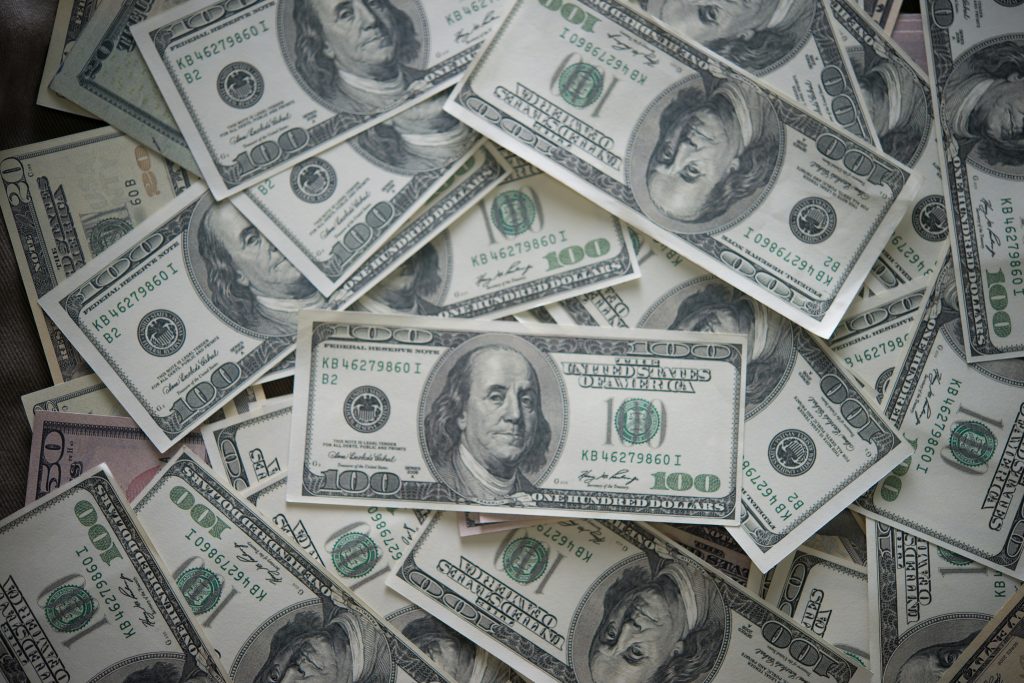The us dollar
The US dollar (USD) has been supported by concerns over a potential breach of the US debt ceiling, leading to defensive positioning in the currency. Despite the counterintuitive nature of a default leading to dollar strength, historical market behavior suggests that investors tend to favor the dollar in such situations. Additionally, weakening data in the US consumer sector has raised recession concerns, affecting global sentiment. Other factors impacting the dollar include weakness in the eurozone’s manufacturing sector and increased political risk in South Africa and Turkey. However, recent developments, such as Turkey’s presidential election, improved diplomatic ties between South Africa and the US, and positive tones regarding a potential debt ceiling deal, have led to significant depreciation of the USD.
Current situation
Today, ahead of talks between US Congressional leaders and the White House, as well as updates on US retail sales and earnings reports, the performance of G10 currencies against the USD is mixed. The dollar index (DXY) is trading relatively flat, with slight gains in the Japanese yen and euro. The Australian dollar and other commodity currencies are slightly lower following disappointing industrial production data from China, while the pound is trading lower after weaker-than-expected UK labor market data. Key discussions on the debt ceiling and the US consumer data are likely to create volatility for most dollar pairs in the afternoon.

Impact on other currencies
The euro has rebounded against the dollar after trading lower in the previous sessions. Little news came out of the eurozone, with focus on Italy’s efforts to restructure its spending commitments to access funds from the EU recovery fund. German and euro-area ZEW sentiment indices for May are expected, and comments from ECB President Lagarde are unlikely to deviate from the consistently hawkish script delivered by other Governing Council members.

UK labor market data revealed signs of a slowdown, with an increase in unemployment and a significant decrease in the number of employees in April. While wage data remained strong, forward-looking indicators suggest a cooling trend. These developments align with expectations of a slowing labor market, potentially signaling the end of the Bank of England’s (BoE) hiking cycle. With inflation expected to slow and signs of a cooling labor market, the BoE may have reached its terminal rate of 4.5%. Market expectations for a BoE rate hike have decreased, leading to a decline in sterling against both the euro and the dollar. The outlook suggests a retracement of recent gains for GBP pairs in the coming weeks.


